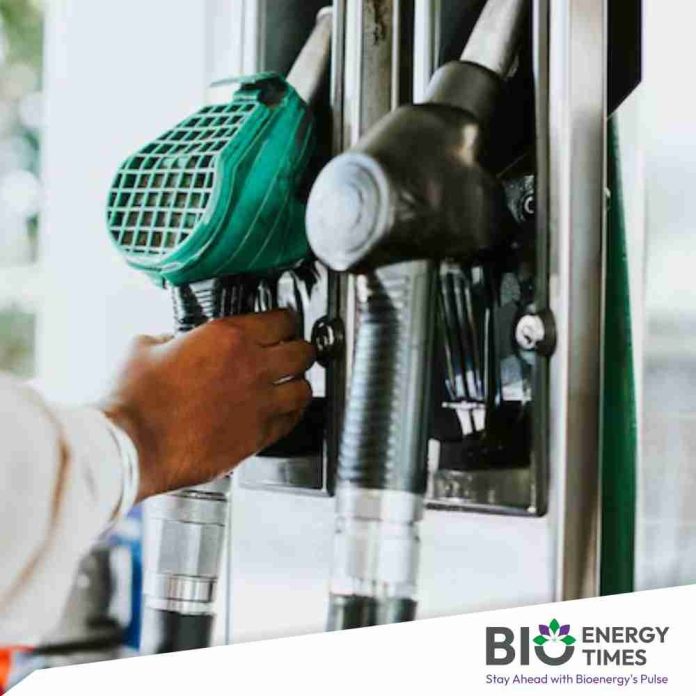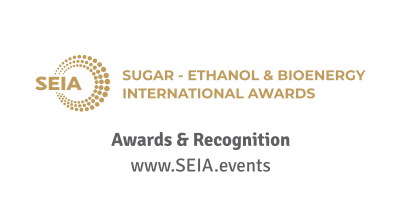In the recent Expression of Interest (EOI) tender released by Oil Marketing Companies (OMCs) for the Ethanol Supply Year (ESY) 2025–26, a total of 1,776 crore litres was offered by distillers, surpassing the initial requirement of 1,050 crore litres.
Of the total ethanol offered, 472 crore litres came from sugarcane-based feedstocks, accounting for around 45% of the demand. However, the allocation to the sugar sector was only 289 crore litres, or about 61% of the total quantity offered, which is considerably lower than expected. This allocation is seen as disproportionate when compared to both the sector’s potential and the demand. The allocation translates to a diversion of only 34 lakh tons of sugar.
The sugar sector, however, has the potential to supply more than 500 crore litres (~50% of the total demand), with a diversion of approximately 50 lakh tons of sugar.
According to preliminary estimates from the Indian Sugar & Bio-energy Manufacturers Association (ISMA) for the 2025–26 Sugar Season, India’s sugar production is projected to reach 349 lakh tons, an 18% increase from the previous year, while domestic consumption is expected to be around 280–284 lakh tons. This points to a surplus in sugar production during the upcoming season.
Such limited and unexpected allocations are likely to cause serious negative impacts:
Disruption across the sugarcane value chain, from cultivation to ethanol production and exports.
Underutilization of distillery capacities, affecting operational and financial efficiency.
Increase in surplus sugar, putting downward pressure on domestic prices and liquidity.
Adverse effects on over 5.5 crore sugarcane farmers, due to reduced cane procurement and delayed payments.
Given the expected sugar surplus, ISMA has strongly urged the government to approve sugar exports of 20 lakh tons starting from November 2025. Early export approvals would help manage surplus sugar stocks, improve liquidity, support farmer incomes, and maintain a stable sugar-ethanol ecosystem.
In addition, ISMA called on the government to announce a National Ethanol Mobility Roadmap 2030, which would include targets beyond E-20 blending. This would help fully utilize ethanol production capacities, sustain industry growth, and foster innovation in advanced biofuels. The association also emphasized the need for GST rationalization and incentives for Flex-Fuel Vehicles (FFVs) and Smart Hybrids to encourage cleaner mobility.
ISMA further highlighted the importance of stable ethanol procurement prices and quantities, as well as sugar exports, to protect farmer incomes and support rural employment.














